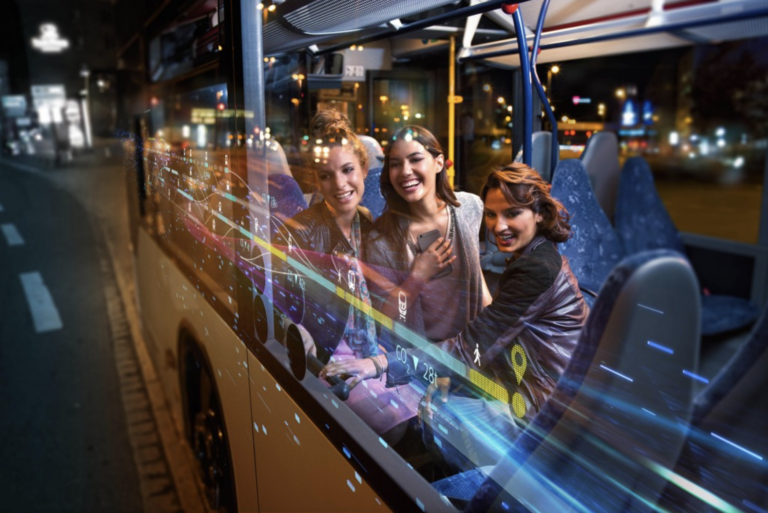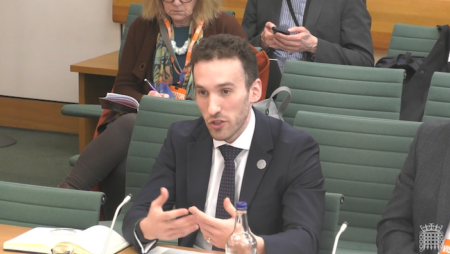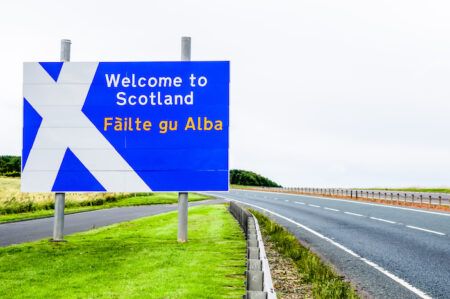Siemens Mobility is to sign a contract with the Dutch public transport joint venture RiVier to develop a countrywide, intelligent Mobility as a Service (MaaS) platform in the Netherlands.
The RiVier is made up of national railway operator NS and public transport operators HTM and RET. The platform, which is set to be delivered in the autumn, will allow providers to integrate travel planning. The technological core of the MaaS platform is supplied by Siemens Mobility subsidiaries Hacon and eos.uptrade.
The platform is being developed as an open ecosystem that can be connected to existing apps from NS, RET and HTM. The initiators call on other mobility providers to join so that traveling by public transport, bicycle sharing, car, scooter, and taxi, can be better connected and more convenient.
“The pandemic is changing our behavior,” says RET director Maurice Unck on behalf of RiVier. “We work, learn and travel more flexibly: in time, place and choice of means of transport. That is why we are investing in the best travel options for consumers right now. We lower the threshold to easily plan, book and pay for a trip with multiple modes of transport.”
“Smart applications that can integrate and coordinate different modes of transportation makes the idea of seamless travel from the first mile to the last a reality,” added Andre Rodenbeck, CEO of rail infrastructure at Siemens Mobility. “Having the ability to choose from the full spectrum of mobility options to plan, schedule and pay for trips, significantly improves the travel experience and enhances overall quality of life. We are pleased to have the opportunity to provide our intelligent solutions and deliver a MaaS system that will enable mobility in the Netherlands to be more comfortable, sustainable, and efficient.
Through the MaaS platform, mobility providers can draw attention to their services and better tailor them to the needs of travelers, while also optimizing their fleet management. In addition to efficiency and passenger comfort, MaaS also provides eco-friendly and sustainability benefits. As public transport or shared solutions become more attractive, travelers will only use their cars where it is of most added value to them.





